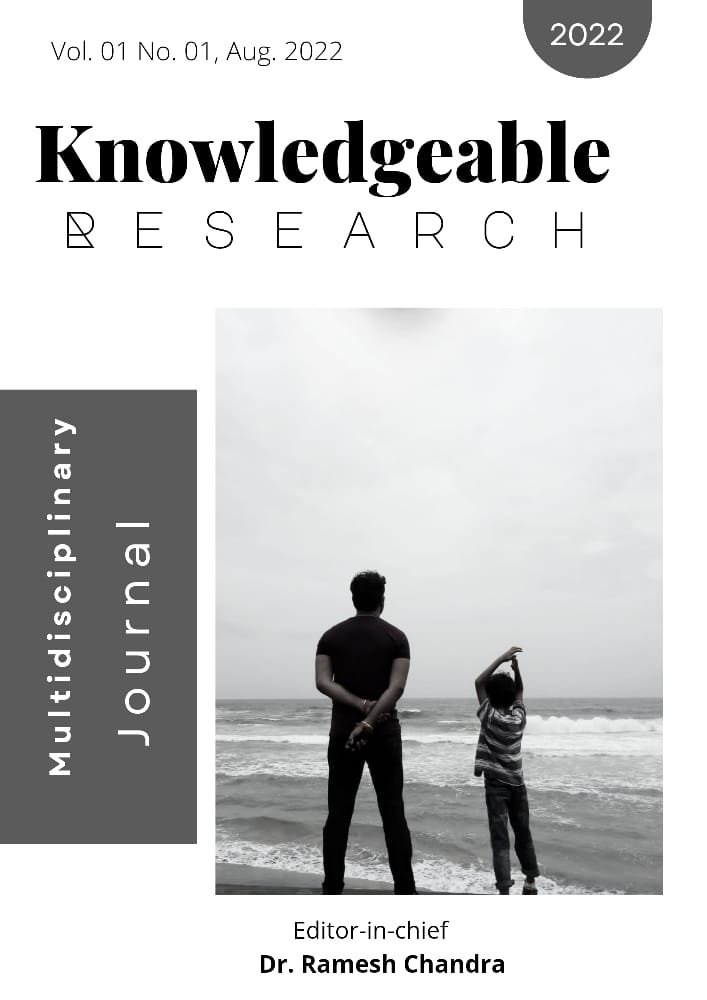The Study of Hematological Parameters of Albino Rat after administration of Lead and Zinc Acetate
Main Article Content
Abstract
This study investigates the effects of lead and zinc acetate on haematological parameters in albino rats. Lead, a known environmental toxicant, and zinc, an essential trace element, were administered to examine their impact on blood composition and function. The experiment utilized four groups of rats: a control group, a lead acetate group, a zinc acetate group, and a mixed lead and zinc acetate group. Significant variations in haematological parameters were observed across the groups (P < 0.05). The control group exhibited the highest red blood cell (RBC) count and hemoglobin levels, while the mixed lead and zinc acetate group showed the lowest values for these parameters. Hematocrit percentages were significantly higher in the control group compared to the treated groups. Mean Corpuscular Volume (MCV) and Mean Corpuscular Hemoglobin (MCH) showed an inverse trend, with the control group having the lowest values and the mixed group the highest. These findings provide insights into the complex interactions between lead and zinc and their effects on blood parameters, contributing to our understanding of metal-induced haematological alterations and potential health implications of exposure to these metals
Downloads
Article Details
Section

This work is licensed under a Creative Commons Attribution-NonCommercial 4.0 International License.

